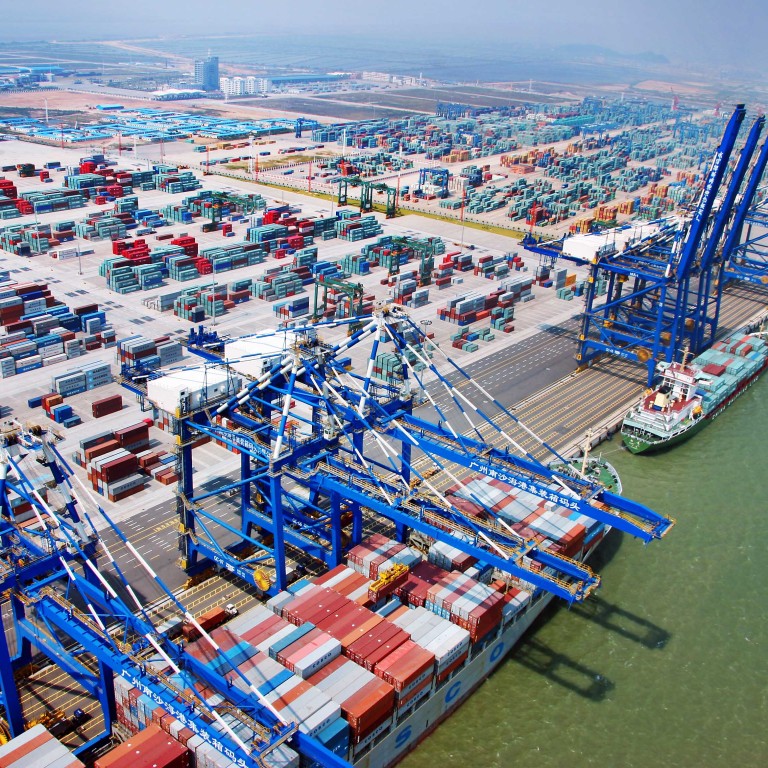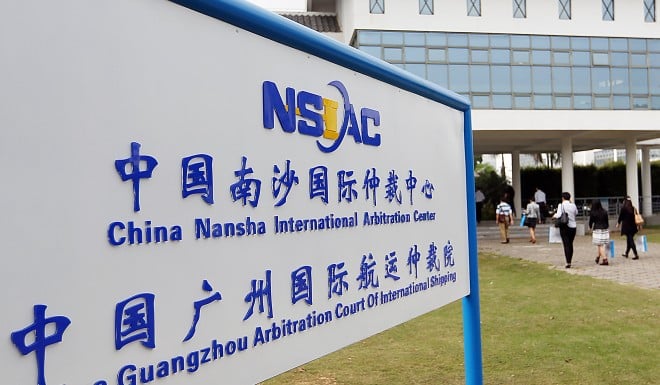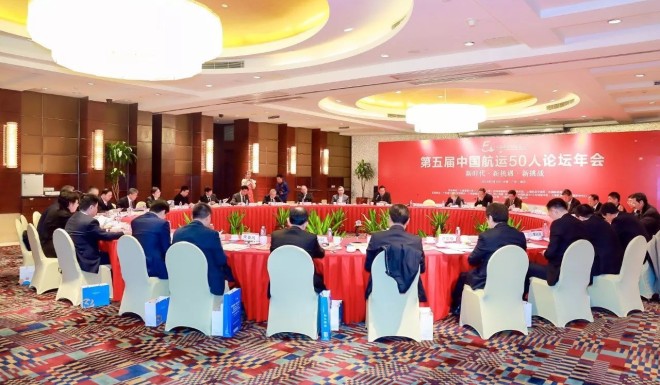
Guangzhou (Nansha) port, bigger, smarter, more connected ahead to lead ports in the Greater Bay Area
[Sponsored Article]
The vision of a “Greater Bay Area” (GBA), China’s economic hub encompassing 11 urban southern Chinese cities, has caught the imagination of regional governments, corporations and investors.
The plan to integrate the cities in fields of manufacturing, services, financing and high-tech is going to offer the bay area container port market a wealth of new opportunities.
Guangzhou (Nansha) port, located at the mouth of the Pearl River Estuary and the geographical center of the GBA, has been a major commercial and trading port in China over the past thousand years, and now is playing a bigger and more critical part in China’s further opening up and the Belt and Road Initiative.
Thanks for the Nansha Pilot Free Trade Zone status and infrastructure upgrades, Guangzhou (Nansha) port will be highly competitive in international transshipments to link the GBA, China’s biggest economic engine, with the outsides world.

The Port’s location as the only deep-water port on the west side of the Pearl River Delta is a key to the recent surge. The location is close to many new sourcing factories providing products for export as well as a rising population of domestic consumers. Cargo catchment area in western GBA to Nansha Port is within 1 and 1.5 hour dray versus a 2-3 hour dray to Shenzhen Ports. The west side of the Pearl River is also much less congested than the Shenzhen ports on the east side of the Pearl River Delta.
The Nansha Port On-dock Railway, which is expected to start operation in 2020, runs through Jiangmen, Zhongshan, Foshan and Guangzhou. It will be an important cargo transportation corridor helping cargos from inland cities to be delivered to Nansha Terminal directly through rail, and then reaching markets across the world.

The number of international shipping routes to and from Guangzhou (Nansha) port grew from 41 to 103 in the past five years, while cross-border e-commerce surged from 30 million yuan to 7.2 billion yuan during the same period.

The number of shipping logistics companies in Nansha has increased 12-fold since 2014 to 4,802 as of the end of last year.
Nansha port expands its strengthens, ahead of rivals in the GBA in the coming couple years, as the port is undergoing a fourth-phase expansion, a significant move combining the three cities efforts towards the construction of the Guangdong-Hong Kong-Macao Greater Bay Area and Nansha Port – their gateway to the world.
A total of two 100,000-ton berths, two 50,000-ton berths and related berths for container barge carriers will be constructed in the fourth phase project, which makes Nansha Port be able to handle 20 million containers annually.
The project will cost nearly 5.6 billion yuan, and will create an extra annual cargo handling capacity of 4.8 million containers. Construction of the project started in 2018 and complete fully in 2021.
The rapid expansion of new, high-specification ports and the expertise of international operators have spurred the evolution of port cluster in Nansha, delivering considerable benefits to importers and exporters, and the economy at large.
The cargo handling capacity of Guangzhou Port is expected to reach 650 million tons and 25 million standard containers by 2020, with over 250 domestic and international shipping routes.

Nansha is one step closer to its construction of a multimodal freight transport system, with its first China-Europe freight train in the form of highway-railway combined transport - “Guangzhou-Manzhouli-Russia” train of China Railway Express” - leaving from Nansha Bonded Port in July last year.
Besides, Guangzhou Port Shuttle Barge is a cost and time effective, flexible and creative waterway distribution network that encircles Nannsha Terminal and other feeder terminals across the Pearl River Delta.
Innovative solutions taking use of intelligent transport system will arm the port of Nansha in future. It will introduce automated intelligent guided vehicle IGV, benefiting port operator, trading companies and local labour market, replacing arong 1,000 workers with self-driving container trucks.
